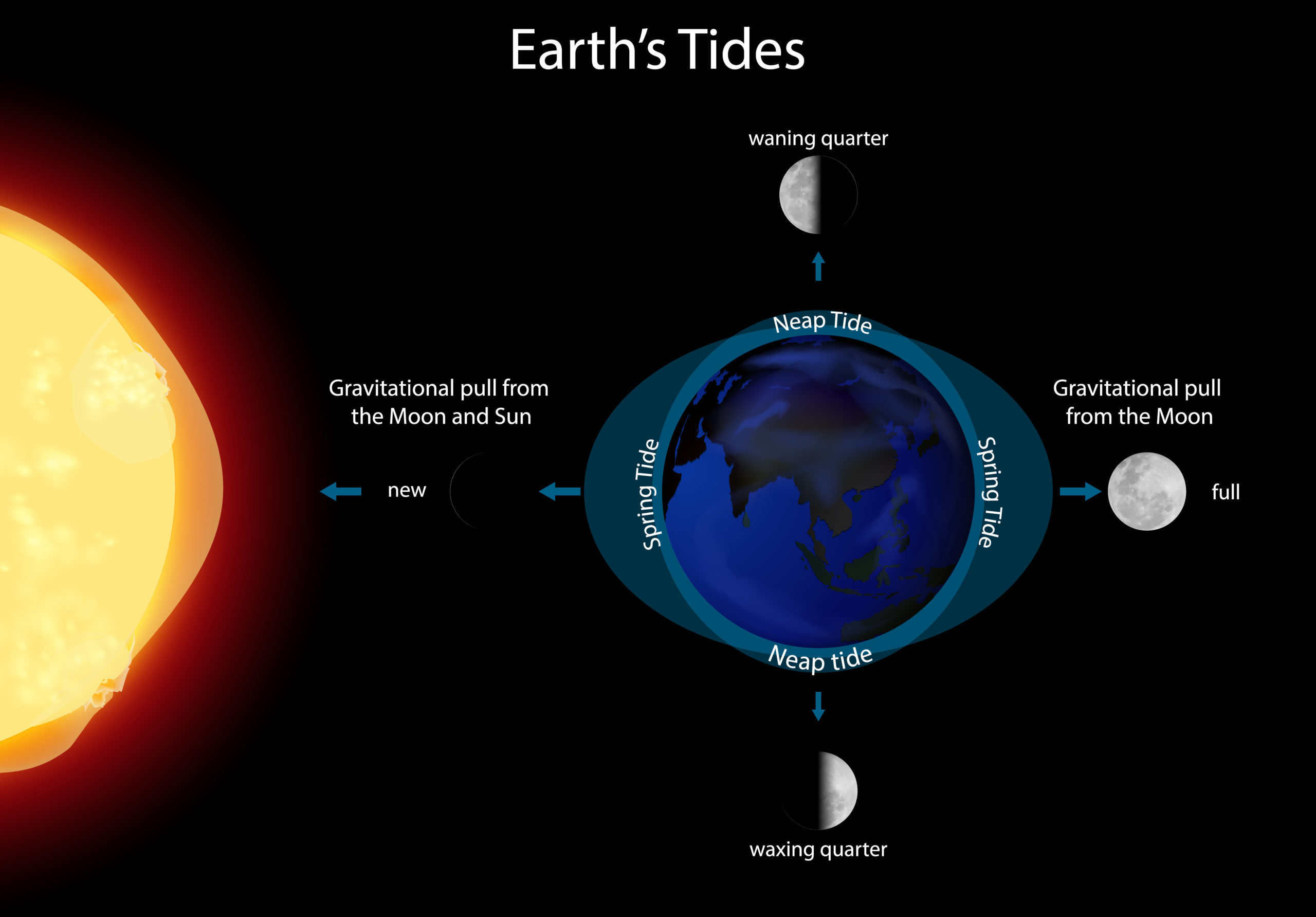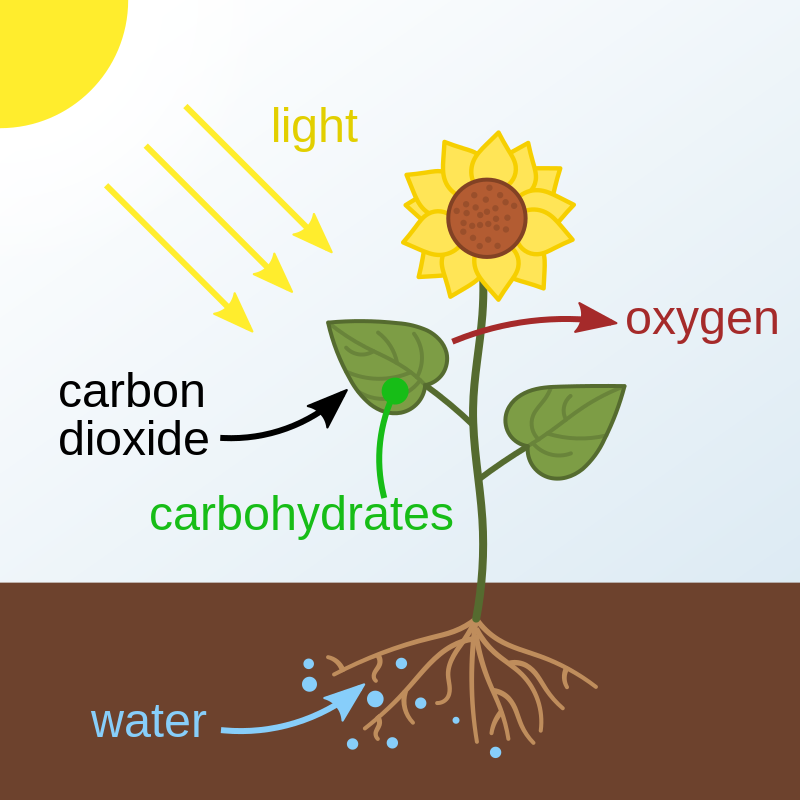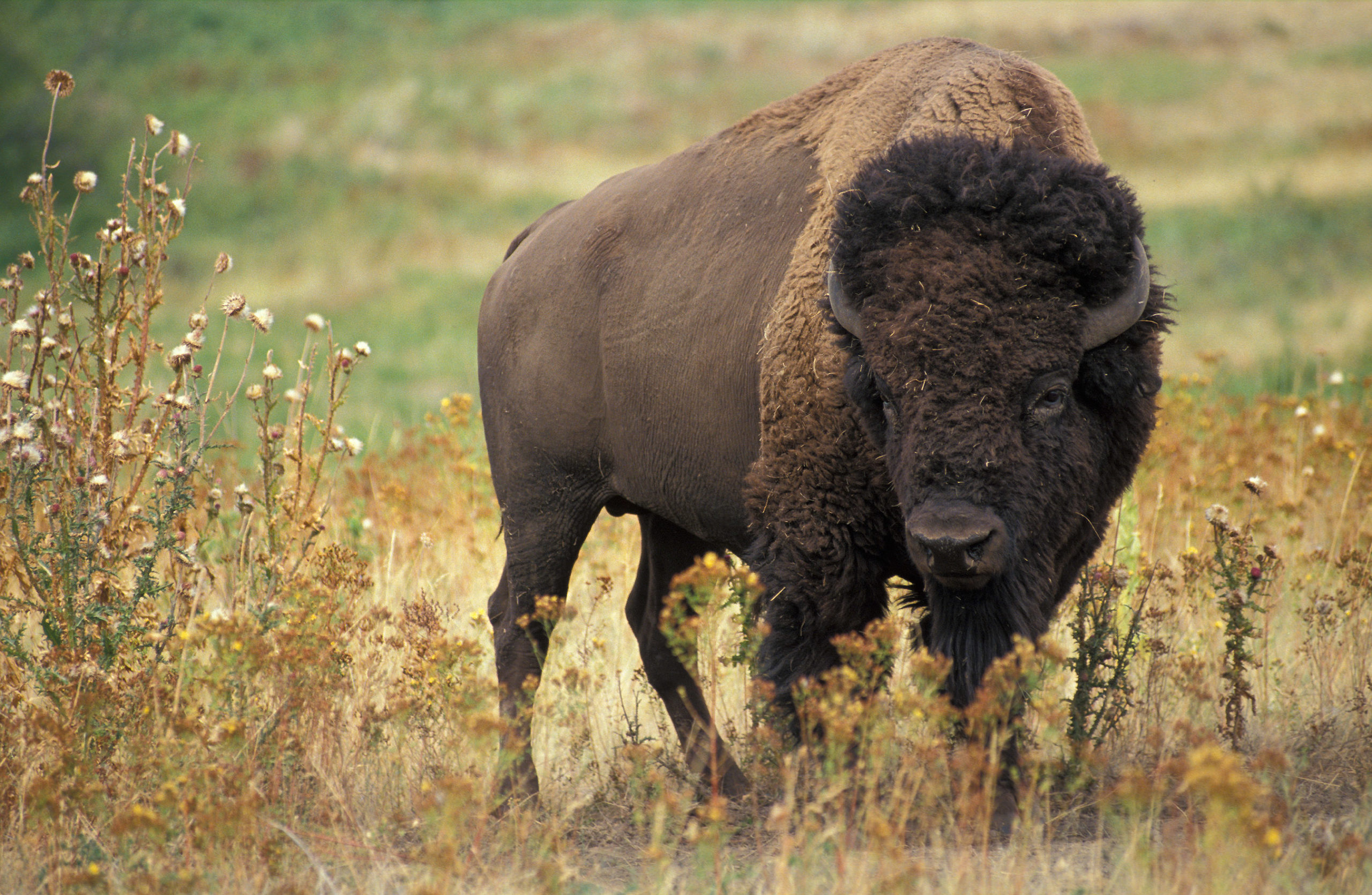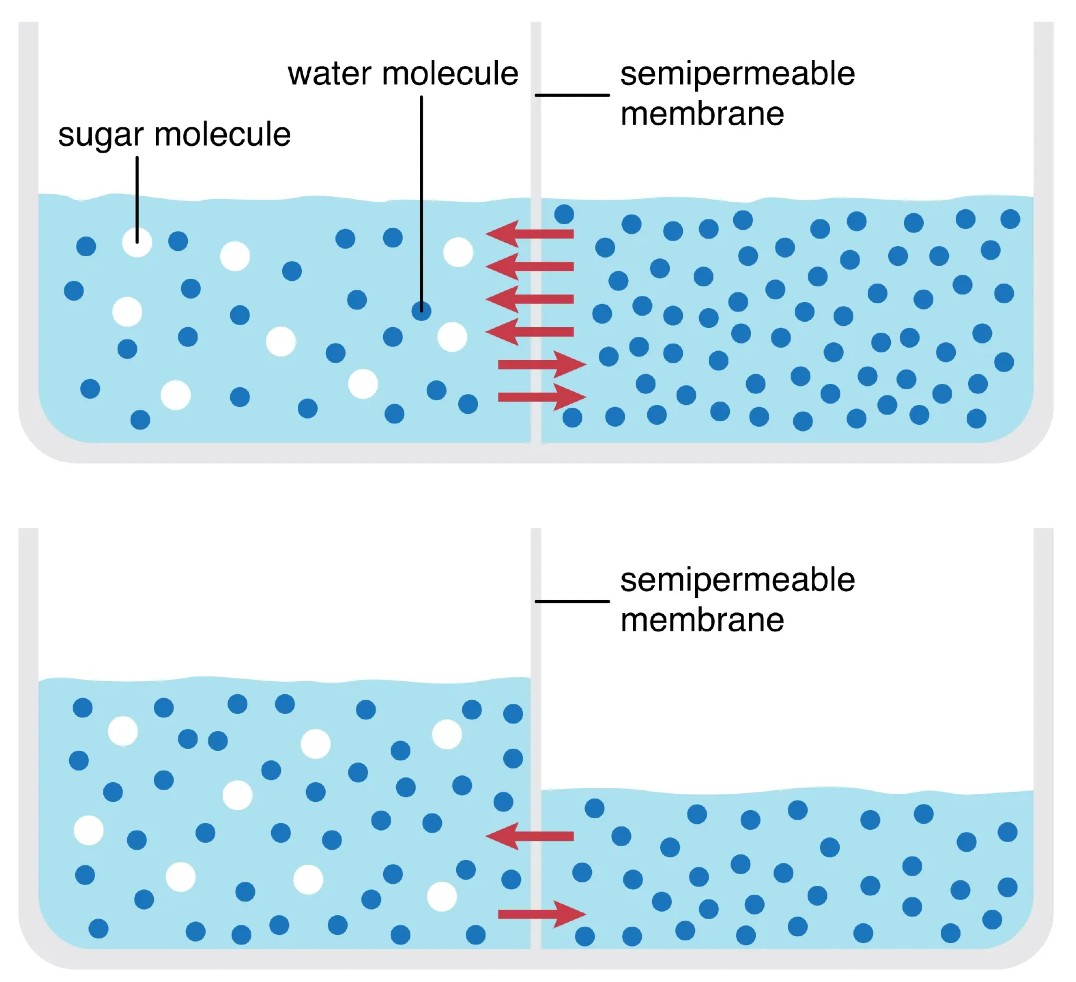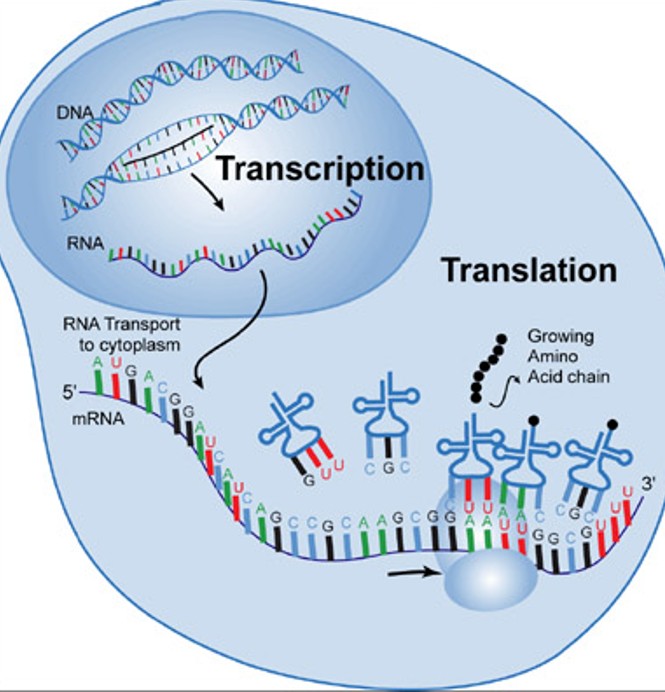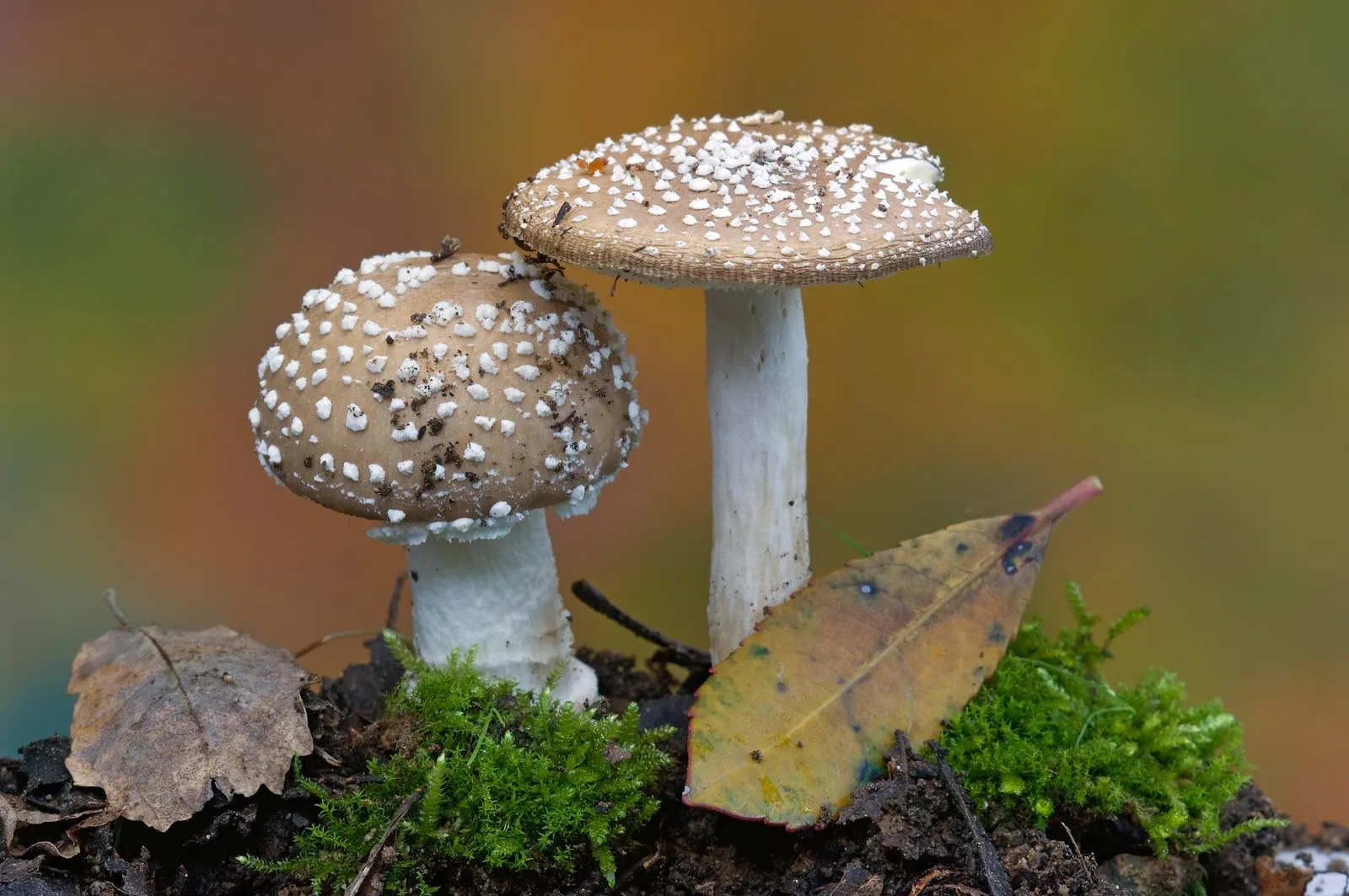Animals Are Adapted To Their Environments
Animals are amazing creatures! They have many ways of using their bodies to survive in their homes. All animals have body parts that help them to survive in their habitats. For example, some animals have sharp claws to help them catch their prey for food. Others have long legs to help them run away from […]


